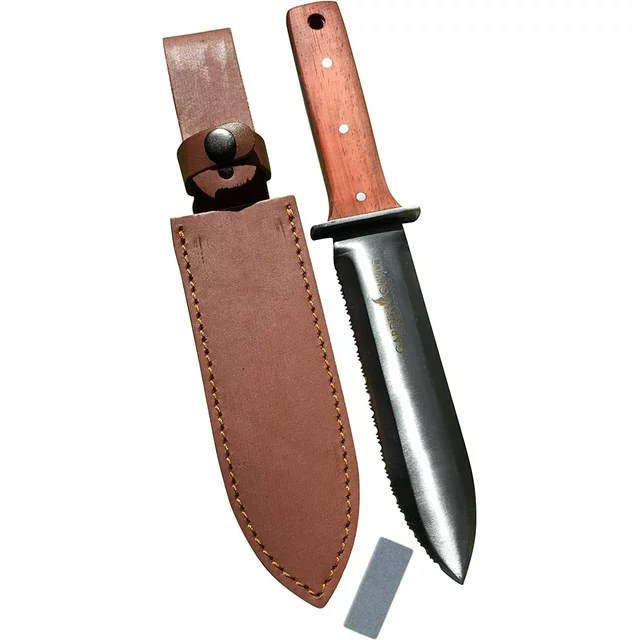7 ornamental grasses to cut back in February – it is time to trim deciduous and evergreen varieties
Your backyard grasses will look all the better for being trimmed this month

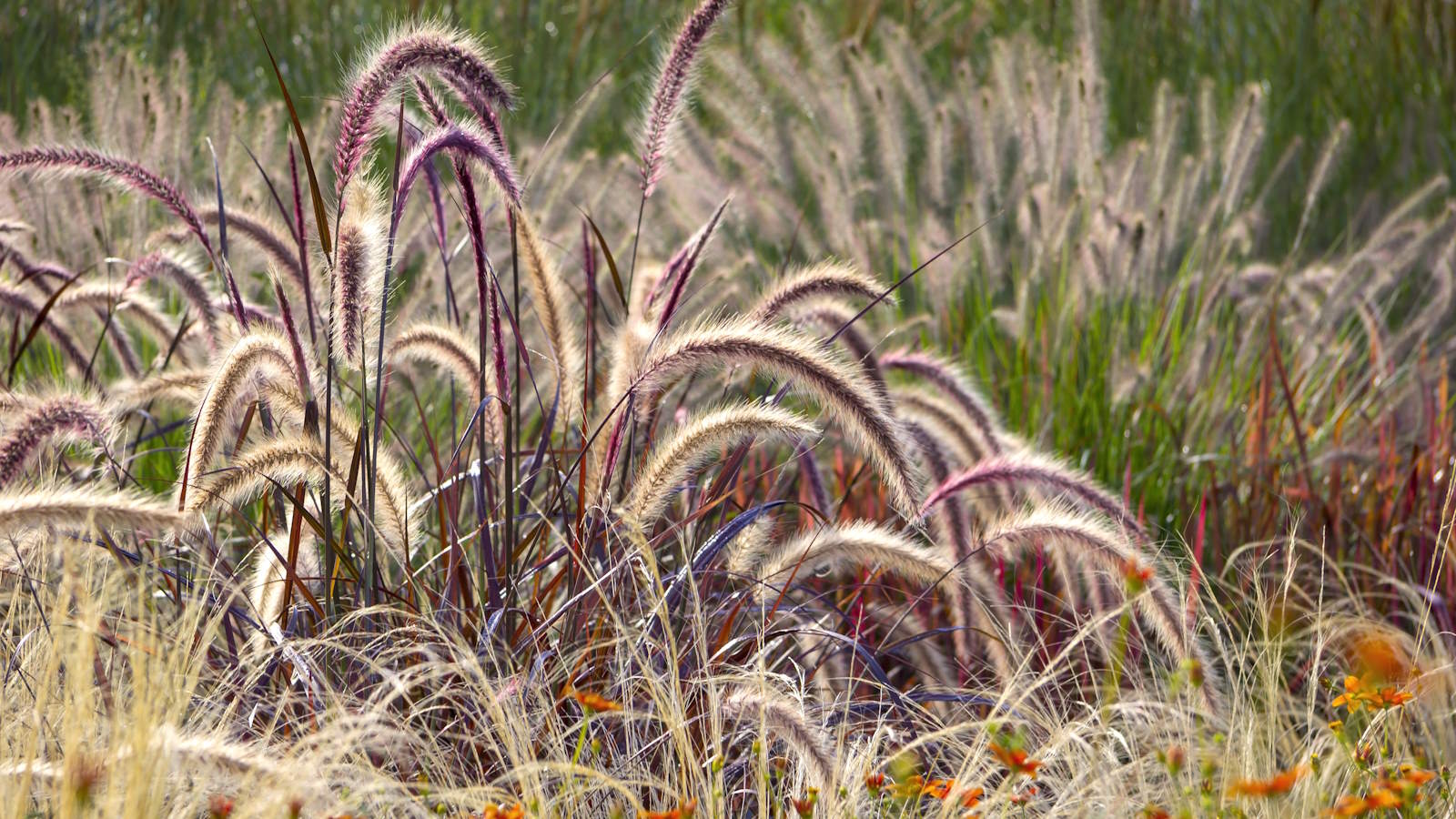
There is such an array of ornamental grasses to use in your backyard, coming in a wealth of sizes, shapes and colors to add structure and beauty to a space. No matter what grasses you have in the garden, they do benefit from a little bit of attention to keep them looking at their absolute finest.
If you grow ornamental grasses, the ideal time to head out and tidy them comes in late winter or early spring - and February can be the perfect time in many climates. Cutting back ornamental grasses is often a simple task, though it can depend on the size of the grass itself.
Deciduous and evergreen ornamental grasses do require different levels of attention. The former want to be trimmed annually, while evergreen grasses can often just need a little tidy. We take a look at some common ornamental grasses and what level of trimming they might need in February.

Tools for pruning ornamental grasses
It only requires a few simple garden tools to cut back ornamental grasses. You will need a pair of clean and sharp pruning shears, or a sharp garden knife, and a pair of gloves.
As many grasses can have razor-sharp blades that can cut your hands, gloves are always recommended. Some people may also use a pair of shears or a hedge trimmer to trim deciduous grasses down quickly - the tools you prefer will depend on how many grasses you have to cut.
1. Calamagrostis
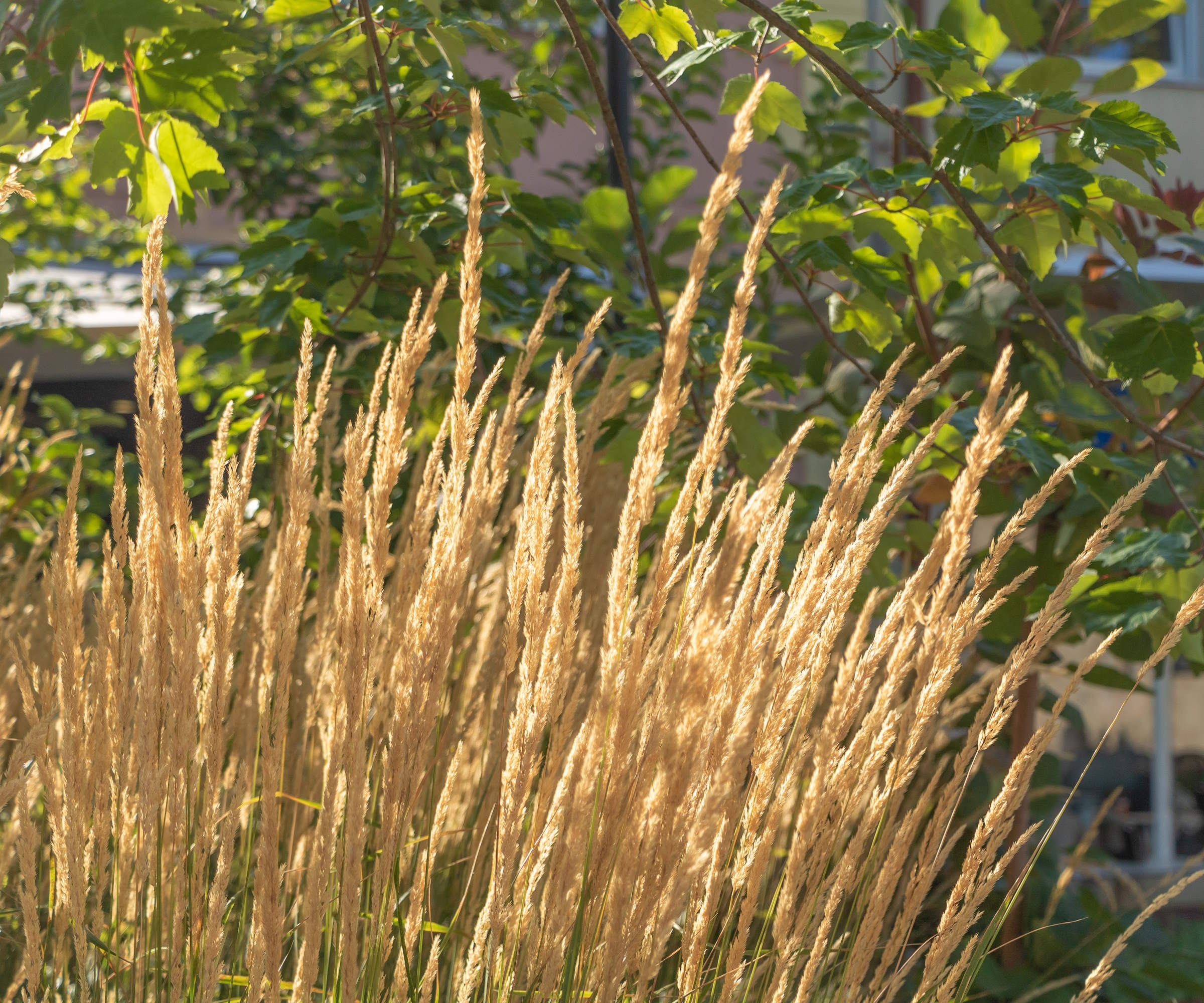
Calamagrostis, also known as feather reed grass, is a genus of cool-season deciduous grasses that produces tall stems in summer and remains looking impressive throughout fall and winter. Possibly the most popular variety is the cultivar ‘Karl Foerster’ - named after a famous German plantsman, it puts out beautiful yellow flower heads.
Calamagrostis, like other deciduous grasses, are simple to prune. However, calamagrostis is a larger grass so does not get cut back quite as far as smaller grasses. You want to bundle the grass together and cut it across 10-12 inches above the ground. It is recommended to wear long sleeves and gloves to protect your arms and hands from the blades.
Design expertise in your inbox – from inspiring decorating ideas and beautiful celebrity homes to practical gardening advice and shopping round-ups.
2. Chasmanthium

Chasmanthium is a great native grass that has lovely bright foliage that grows up to two feet in height, and is recognizable for its flat spikes of seed heads come late summer. It is a deciduous grass that likes a sunny spot, but can also be a good plant for shade.
Chasmanthium is a shorter-growing grass that can be cut back to around three inches high in February. Take care not to cut too low as it would be a pruning mistake that risks cutting into the crown and removing new shoots that may be emerging.
3. Miscanthus
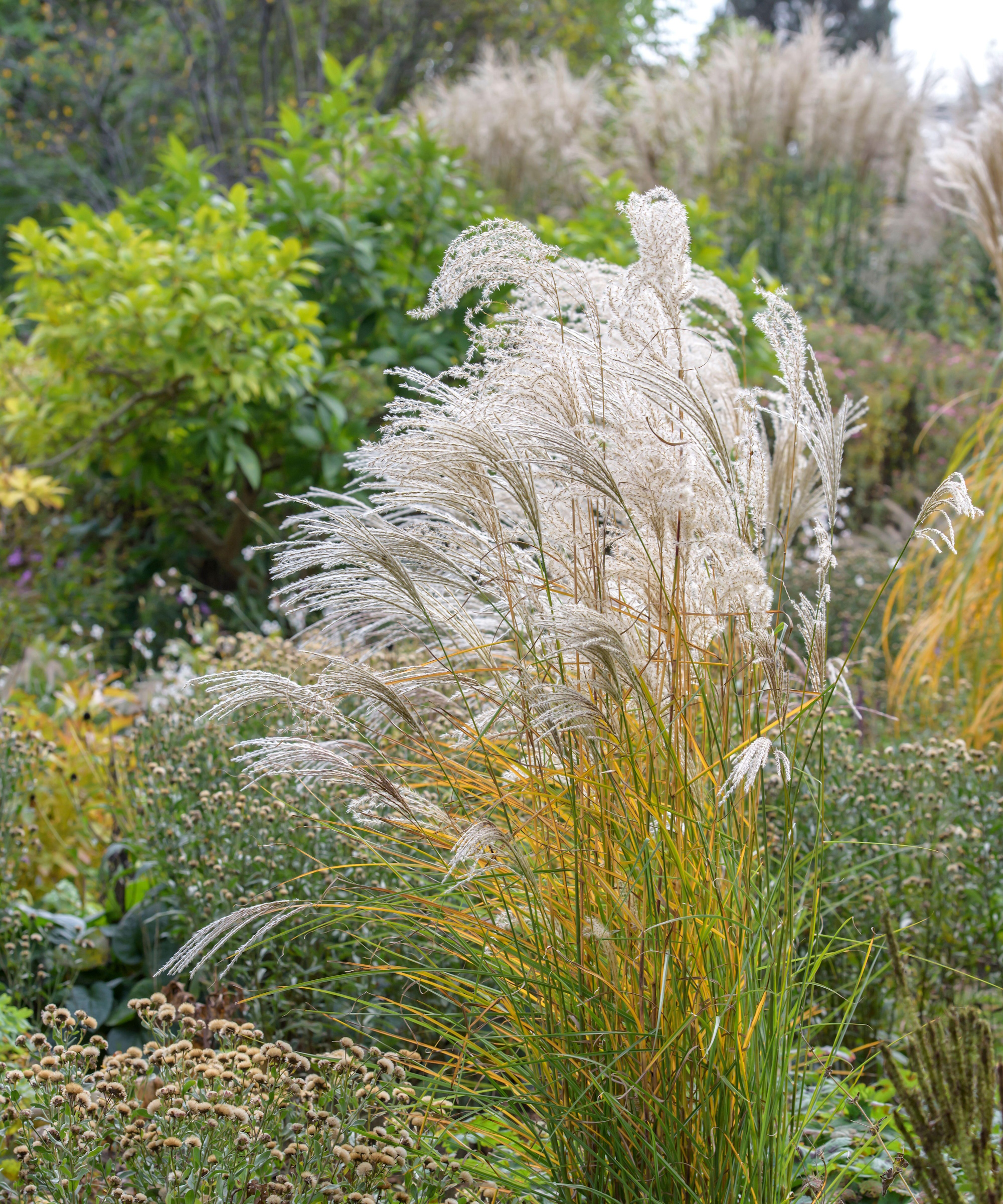
Miscanthus are loved for their large late summer plumes and there are many shades to pick from, with miscanthus varieties coming in silver, white, or pink. They are popular deciduous plants in prairie gardens and the leaves reach up to four feet in height and often are toothed - so wearing gloves is definitely recommended when cutting back miscanthus.
The grass can start to look messy in late winter and that is when you want to prune - if you see new growth starting to appear at the base then that is the time to trim. Bundle the grass - you can use string or rope to gather all the grass together - and cut it down to around 10-12 inches from the ground.
4. Panicum
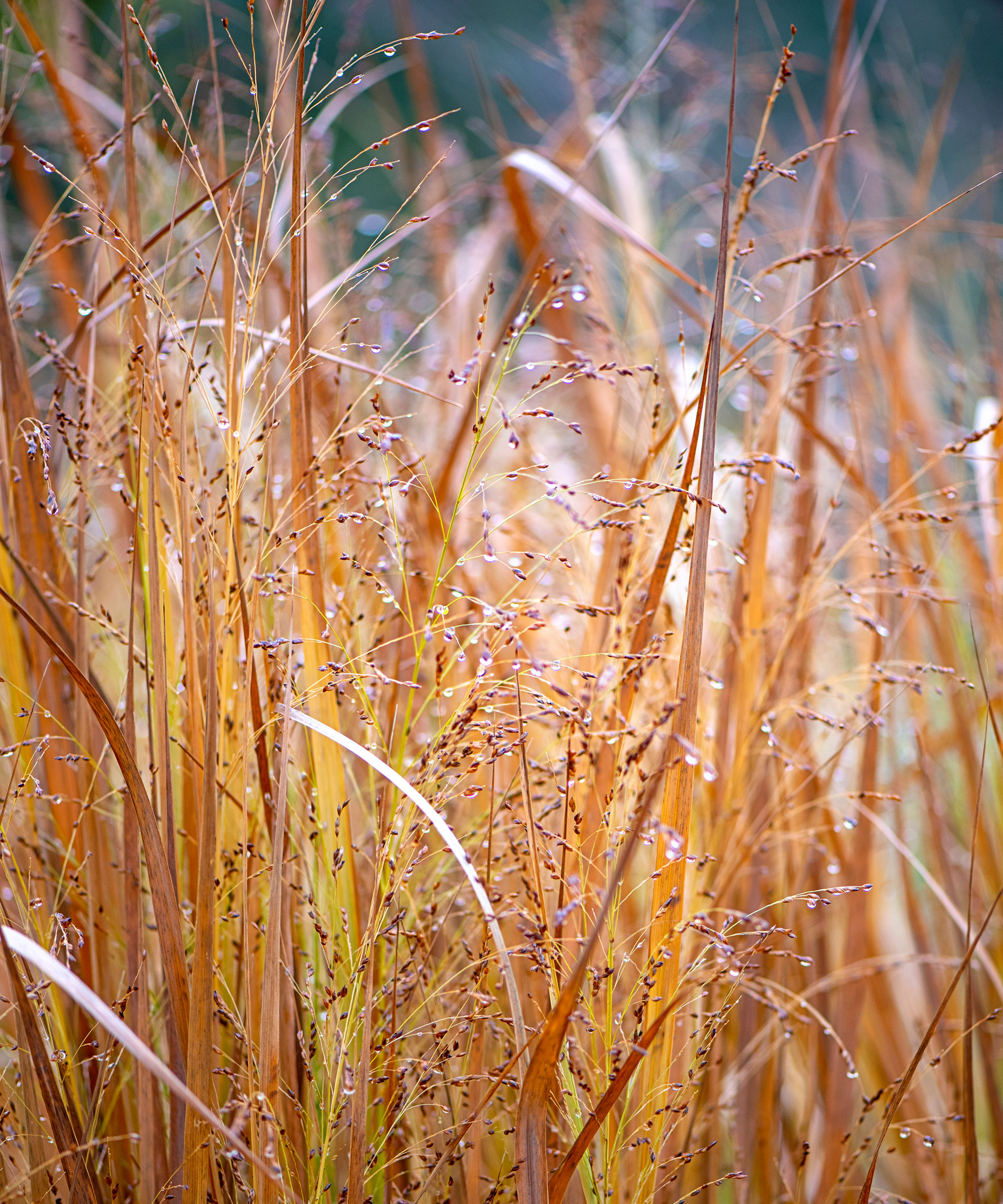
Panicum, also known as panic grass, is a deciduous native switchgrass. There are varieties with green and blue-green foliage and many types of panicum produce glorious fall color in shades of red and purple.
Depending on your US hardiness zone you cut back panicum in fall or late winter or early spring. If you get lots of snow, it is best to cut it in fall. The other option, if you don’t suffer from a great deal of heavy snow, is to leave the grass for interest in a winter garden and trim the foliage back in February. Simply cut panicum to around six inches from the ground.
5. Festuca
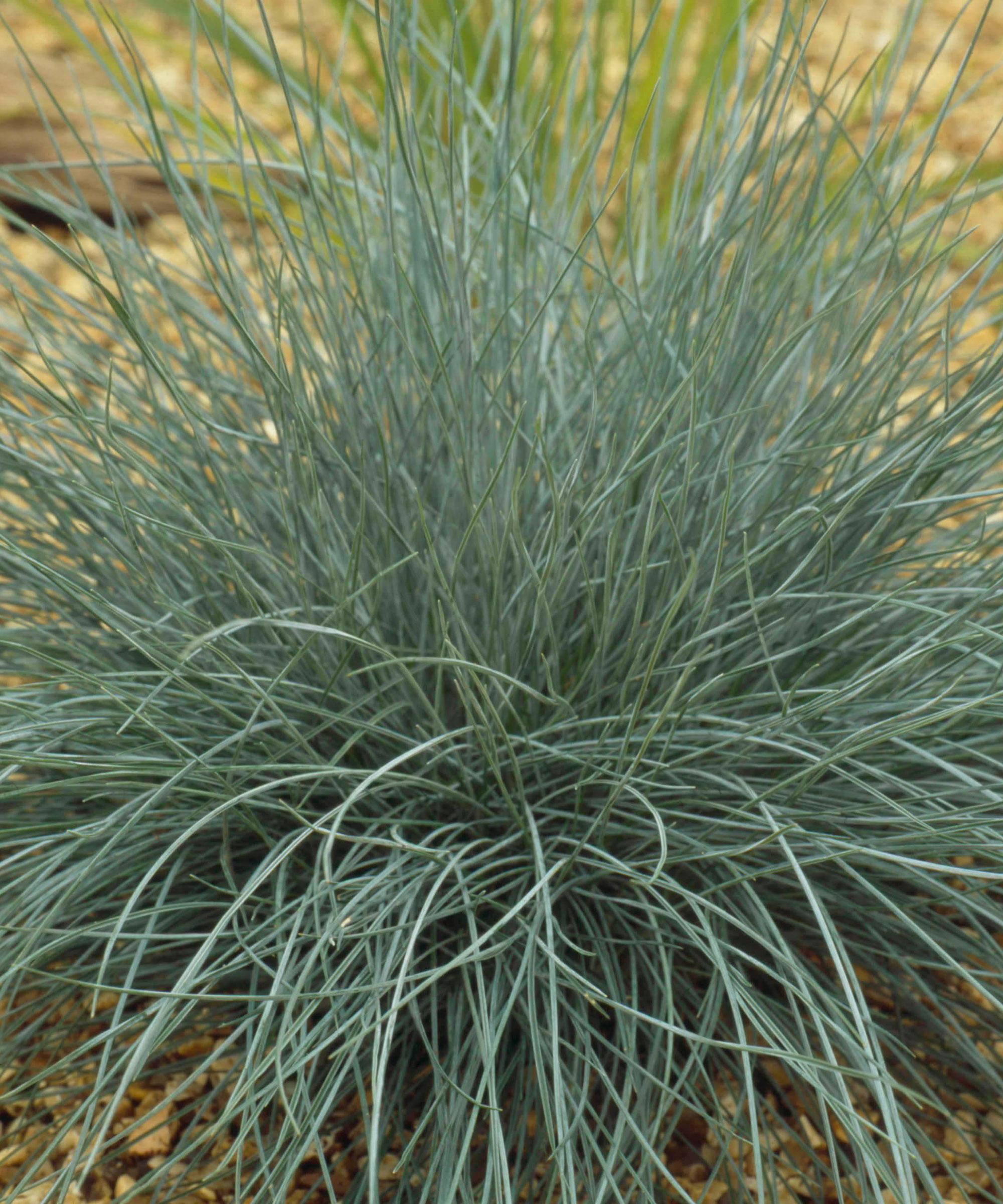
Festuca is a fast-growing grass that reaches up to 12 inches in height and is popular for a silvery-blue foliage. Its low-growing tendency makes it a good option for a ground cover plant.
As an evergreen plant it is really simple to cut back in February - it just needs a little tidy up to get it into shape for the new season. Trim off any spent flower stalks and simply remove any dead foliage by running your fingers through the grass. Always wear gloves to comb through the blades when doing this.
If the plant has been heavily damaged during the winter, then you can cut all the blades back to a few inches from the ground and it should grow back quickly.
6. Carex

Carex is a hugely-popular evergreen grass that comes in various colors, ranging from green to red. There are thousands of species in the carex genus and they are commonly seen across many people’s backyard ideas. These foliage plants are very hardy and versatile, they can be drought tolerant, and also cope with shady spots in a garden.
They should be tidied and trimmed in February to keep them looking at their best. As with festuca, it is not always a case of cutting back and you can comb off old or dead foliage with your hands. The alternative is to cut them back harder, but this should only be done every few years to ensure they have the stored energy to grow back healthily.
7. Pennisetum
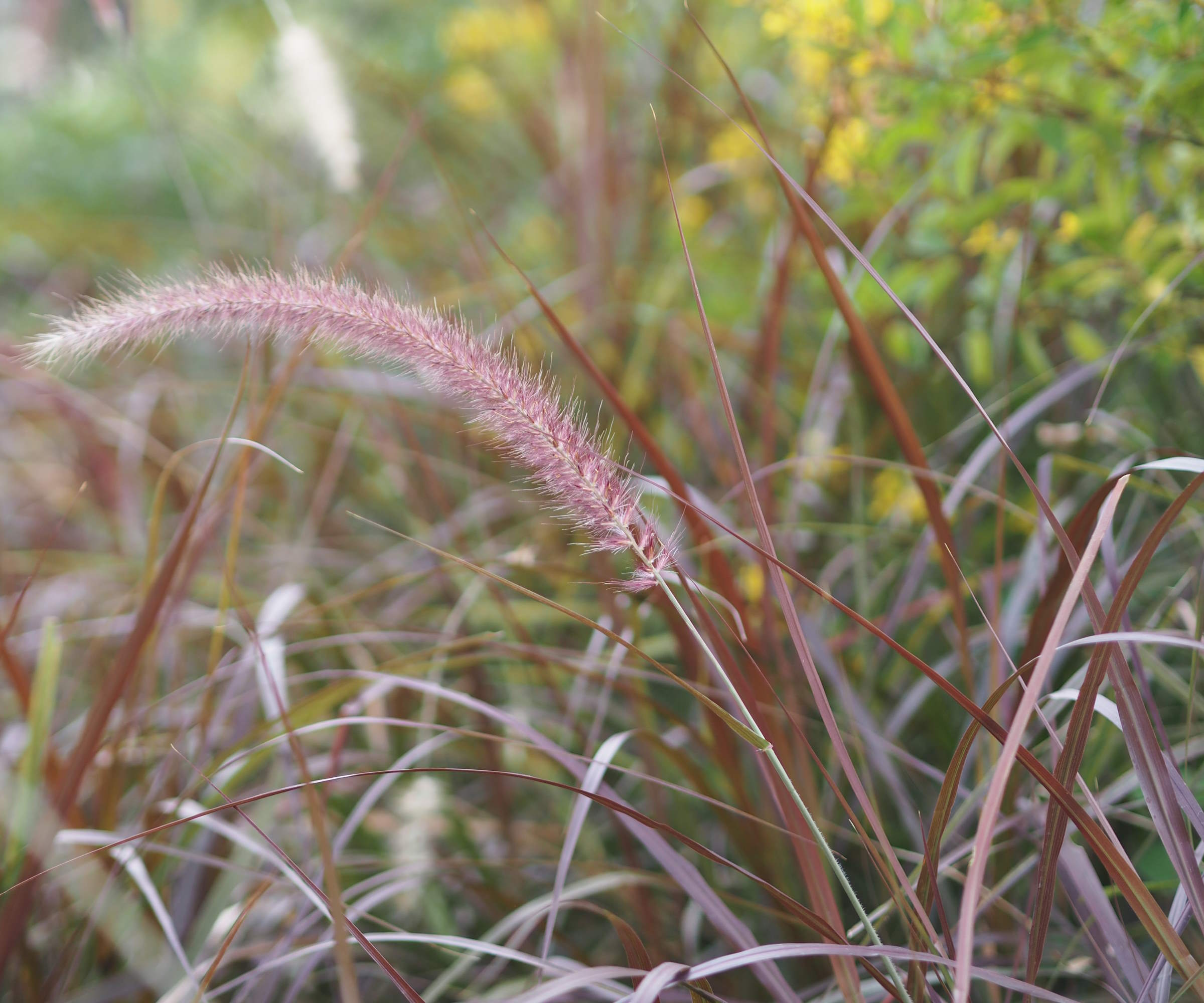
Pennisetum, also known as fountain grass, is a type of grass that grows tall and statuesque stems topped with red or white flower spikes. The leaves of this deciduous grass form in large mounded clumps and can also often be beautifully striped.
Like other deciduous grasses, pennisetum can look glorious left to stand tall during the winter and is best trimmed in late winter and early spring. Fountain grass should be cut back around six inches from the ground, taking care not to cut into the plant’s crown.
FAQs
Do grasses need to be cut back in winter?
Both deciduous and evergreen grasses benefit from some attention in late winter, but only the former need cutting back annually. Pruning deciduous grasses in late winter or early spring stops them getting too large, keeps them looking their finest, and allows the new shoots to come through in spring.
Should you cut back evergreen grasses?
Evergreen grasses do not need to be cut back every year, simply removing old and dead grass can spruce them up for the coming season. However, they can benefit from some rejuvenation every few years. Cutting them back to two or three inches above the ground every three years can keep them looking at their best season-after-season.
You can add the plant material from pruning ornamental grasses onto a home compost pile. Shred or chop up the prunings and mix them into the compost, along with the rest of your gardening material. However, if the grasses do show signs of disease then it is advised to dispose of them, rather than use them to make compost.

Drew has worked as a writer since 2008 and was also a professional gardener for many years. As a trained horticulturist, he worked in prestigious historic gardens, including Hanbury Hall and the world-famous Hidcote Manor Garden. He also spent time as a specialist kitchen gardener at Soho Farmhouse and Netherby Hall, where he grew vegetables, fruit, herbs, and cut flowers for restaurants. Drew has written for numerous print and online publications and is an allotment holder and garden blogger. He is shortlisted for the Digital Gardening Writer of the Year at the 2025 Garden Media Guild Awards.

